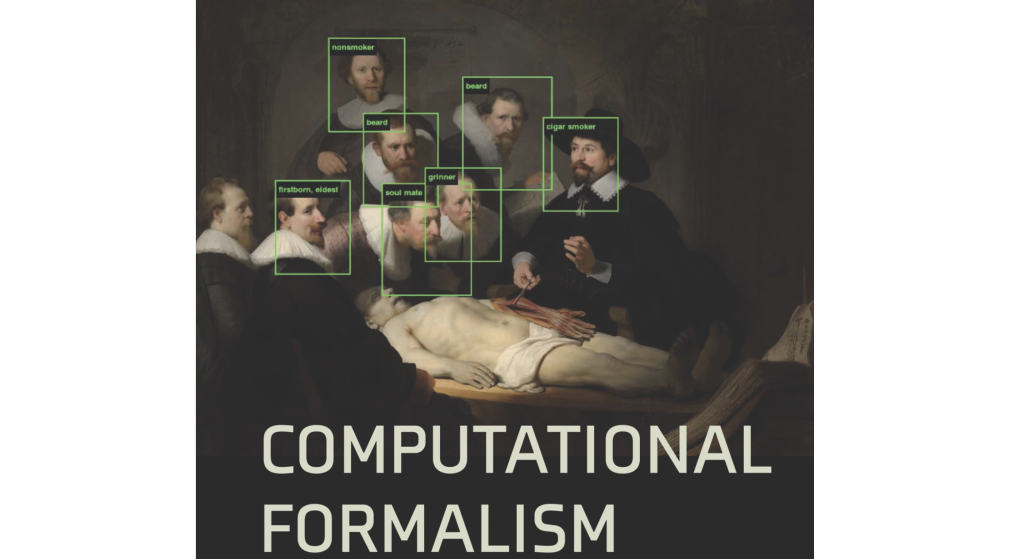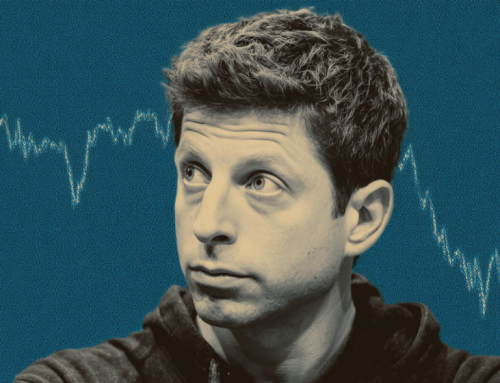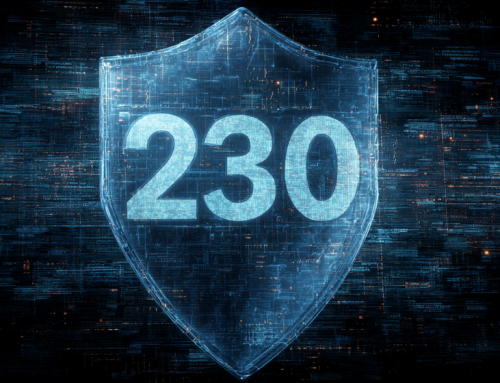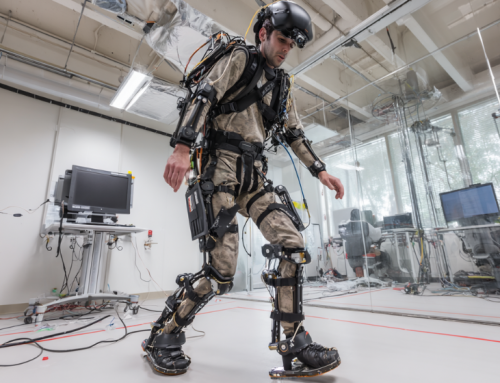
The cover of the book on art history and computer-aided research captures how machine learning can aid in identifying art and artists. (Source: MIT Press)
Despite Research Abilities, AI Lacks Ability to to Interpret Art History
AI has been steadily gaining attention in the art world because of its ability to generate artwork or identify those with no or contested attribution using human-fed information or datasets. AI uses deep learning to infer and analyze complex data and patterns. However, our understanding of how AI “thinks” is limited. Despite this, AI-assisted technologies have been the controversial talk of the art world, sparking debates over remodeled artworks and winning art contests over humans.
Amanda Wasielewski, in her book, “Computational Formalism: Art History and Machine Learning,” explores the potential of AI in the study of art history. She investigates the advantages and disadvantages of using AI to identify art images and resolve attribution. Wasielewski reviews recent experiments and explores subjects ranging from collective projects, scientific methods for object analysis, and the use of iconography to categorize images. She attempts to understand if AI can be practical for art historians.
However, she notes that the use of deep learning can be problematic. Datasets are typically fed information from the Western art canon, which carries human-led academic biases, thus creating datasets unfitting for AI analysis of collaborative works from non-Western regions. Furthermore, deep learning may affect notions of authenticity in the art market, as forgeries are challenging to identify via AI.
While AI can sort images efficiently in straightforward cases of known attribution and singular styles, it lacks the ability to interpret art. AI does not have the capacity to study techniques in-depth, nor to contextualize an artwork within history. Wasielewski’s thesis is that AI is not suited for a humanistic pursuit of art history. Yet, she maintains that ignoring available AI tools may be counterproductive. A balance between embracing and repudiating AI in the study of art is desirable, but this may be a complicated task until we prioritize understanding the underlying technologies of AI.
read more at hyperallergic.com







Leave A Comment